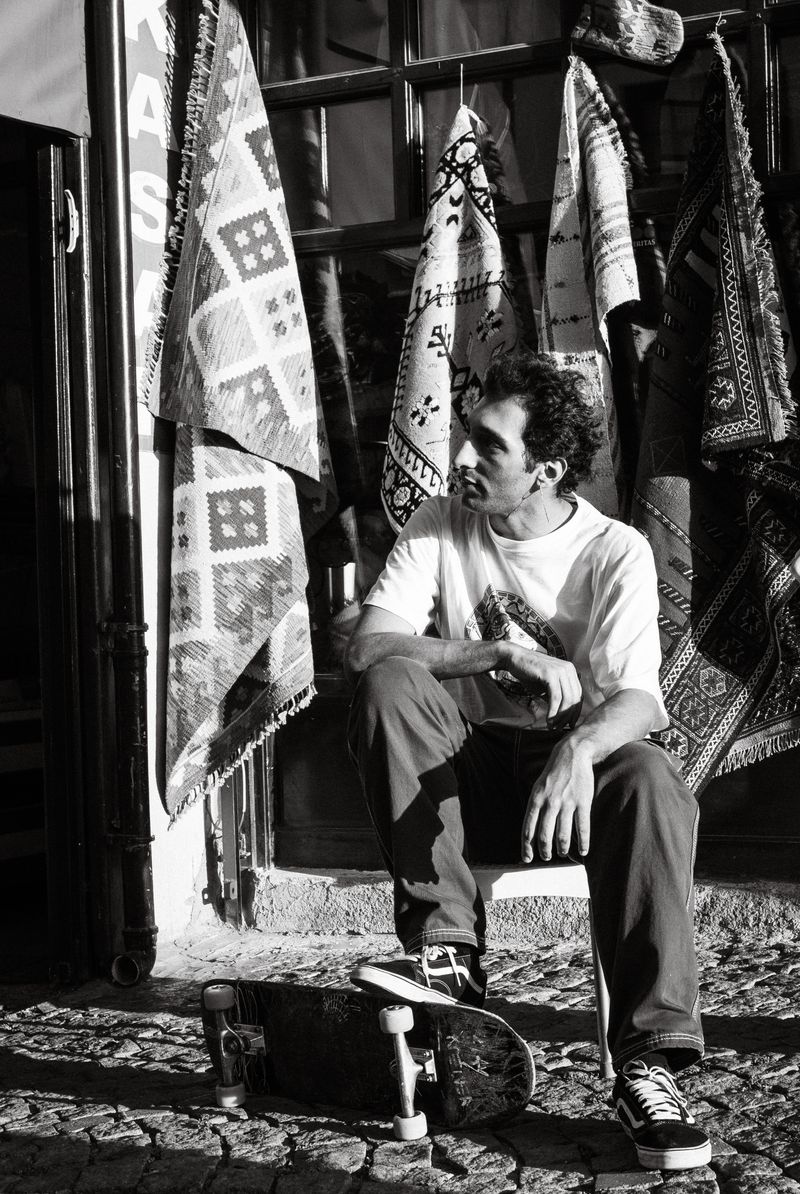Top Boy: An Iconic and Impactful Black Media Event
A Landmark in British Urban Film and Television
The fifth and final season of the critically acclaimed series “Top Boy” recently premiered on Netflix, bringing an end to a 12-year journey that has captivated audiences and redefined the landscape of British urban film and television. As Clive Nwonka explores in his new book, “Black Boys: The Social Aesthetics of British Urban Film,” the arrival of “Top Boy” in 2011 marked the emergence of what he terms a “Black media event.” These events, exemplified by productions like “I May Destroy You,” “Small Axe,” and “Dreaming Whilst Black,” not only showcase Blackness but also engage with other Black cultural forms, creating a significant impact beyond their own narratives.
A Departure from Formulaic Narratives
“Top Boy” was a departure from the formulaic narratives that had come to characterize the genre of “Black urban” films in the early 2000s. With its first series aired over consecutive nights, the show introduced mature and authentic storytelling that delved into the gritty world of the Hackney drug trade. The casting of Ashley Walters and UK grime artist Kano (as Sully) brought a fresh perspective and renewed interest to the genre. Their performances added depth and nuance, elevating the drama and captivating audiences.
Bridging Broadcast Eras and Reflecting Social Realities
The reception of “Top Boy” was heavily influenced by its social analysis and its ability to bridge two distinct eras of Channel 4 as a public broadcaster. On one hand, it harkened back to the network’s early commissioning practices, which aimed to represent minority ethnic identities that had been neglected by other broadcasters. On the other hand, the show reflected the commercialization that had come to dominate Channel 4 in the 2000s.
The series also captured the socio-political context of the time, as it aired just weeks after the 2011 English riots. It addressed underlying factors such as socio-economic inequality, austerity politics, and the experiences of Britain’s Black communities. “Top Boy” acted as a social commentary, providing a platform to explore themes of youth knife crime, the government’s hostile environment policy, and the impacts of gentrification and forced community displacement.
A Revival and Expansion on Netflix
After its cancellation by Channel 4, “Top Boy” was revived by Netflix in 2019, thanks to the intervention of Canadian hip-hop artist Drake, a fan of the show. Its move to the streaming platform allowed for increased production values, a change in cast, and a more cinematic approach. The show’s global reach and popularity propelled Black actors into the mainstream, with many gracing the covers of national print media and crossing over into sports and fashion culture.
The use of drill and grime music throughout the series further solidified its impact as a reference point for Black urban multiculture. By highlighting specific locations in east London, such as the Afro-Caribbean market stalls of Dalston and housing estates in Homerton and Haggerston, “Top Boy” challenged the preferred image of a gentrified Hackney and emphasized the realities faced by its Black residents.
An Opportunity for Reflection and Continued Struggle
As the final season of “Top Boy” concludes, it provides an opportunity for reflection on the contributions of its actors, particularly Ashley Walters, in advancing Black representation in British film and television. The show has not only provided a space for the exploration of difficult themes but has also opened doors for emerging Black talent and created pathways for new narratives beyond the constraints of crime and urban life.
However, challenges persist. Black actors in urban dramas are often typecast and limited in their portrayals, perpetuating reductive preconceived ideas about their abilities. Top Boy, along with the success of actors like Michaela Coel, Micheal Ward, and Letitia Wright, has created new avenues for Black stardom and the potential for diverse narratives. Walters, in particular, has utilized his position to advance opportunities for Black creatives through his independent production company, SLN da.
The Enduring Cultural Importance of “Top Boy”
“Top Boy” stands as an iconic and culturally significant force in British film and television. Its ability to capture the Black present and challenge audiences to confront realities has resonated with viewers, Black and otherwise, across its 12-year cycle. Its concentrated engagement, entertainment, celebration, and debate have been unprecedented for a Black British episodic drama.
Amidst the historically dismissive treatment of the urban film/TV genre, “Top Boy” deserves recognition as more than just compelling Black cinematic drama. It is a landmark form of Black visual culture that has left an indelible mark on British film and television history.

<< photo by Aslı Merve >>
The image is for illustrative purposes only and does not depict the actual situation.
You might want to read !
- The Battle of Accountability: Former Trump Aide Peter Navarro Convicted of Contempt of Congress
- The Impact of Travis Kelce’s Injury on the Chiefs’ Season Opener Against the Lions
- “The Little Mermaid”: A Resounding Success on Disney+
- Why “Top Boy” Season Five is a Bittersweet Farewell
- Why Patrick Mahomes Trusts Kadarius Toney and the Chiefs Receivers: A Boost for Kansas City’s Offense
- Fact Check: Debunking Resurfaced Movie Reviews of SRK’s ‘Jawan’
- “Breaking Down Euro 2024: France vs. Republic of Ireland Livestream Guide”
- “The Implications of Danny Masterson’s Sentencing for Celebrity Justice and Accountability”
- The Trials and Triumphs: Kourtney Kardashian’s Harrowing Journey to Save Her Unborn Child




